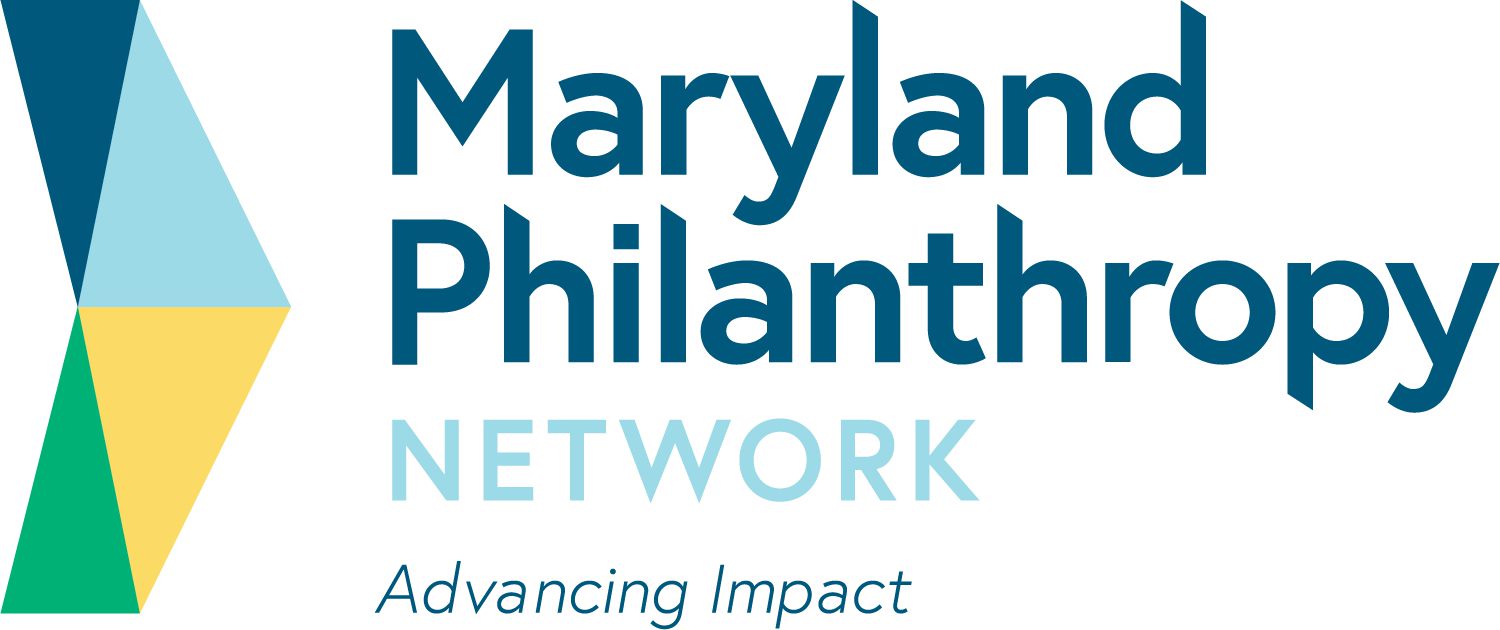During her inaugural address in December 2011, Mayor Stephanie Rawlings-Blake proposed an ambitious goal to grow the city by 10,000 households over 10 years.
Fall of 2010, when we first announced Baltimore as one of five sites selected to remake America's great urban places and reconnect residents to economic opportunity, I declared that there was no more important work that we could undertake.
The 2012-2013 school year will bring with it the new environmental literacy requirements passed by the legislature in June 2011.
Continuing on the theme of cross-group collaboration, our Green Funders Affinity Group actively seeks and explores ways to highlig
I am proud to report that the National Civic League has named Baltimore an All-America City to recognize the Baltimore Campaign for Grade-Level Reading as an outstanding example of community problem solving, civic engagement and collabora
Grantmakers commonly invest time developing and strengthening relationships with their grantees and community-based partners in their fields of interest.
With seven active Affinity Groups, the learning and action among our funder members is rich and varied, but also has the potential to be compartmentalized and silo-ed. This year, based on guidance from members and staff, we have been intentional about learning and engaging across our Affinity Groups.Food Quantity vs. Quality - Do We Have to Choose?
We have long said that philanthropy has more to contribute to improving community conditions than just dollars.
What are you eating for dinner?
Maybe you’ve been too busy to get to the store this week, or you don’t feel like cooking and there are so many restaurants to choose from.
I had the great pleasure of working with Maryland Philanthropy Network on the Next Generation Project this winter. Working closely with Betsy and Adam, I served as overall project manager. It was a wonderful way to connect my experience with Maryland Philanthropy Network as member of a local family foundation and my work as a social enterprise consultant.

